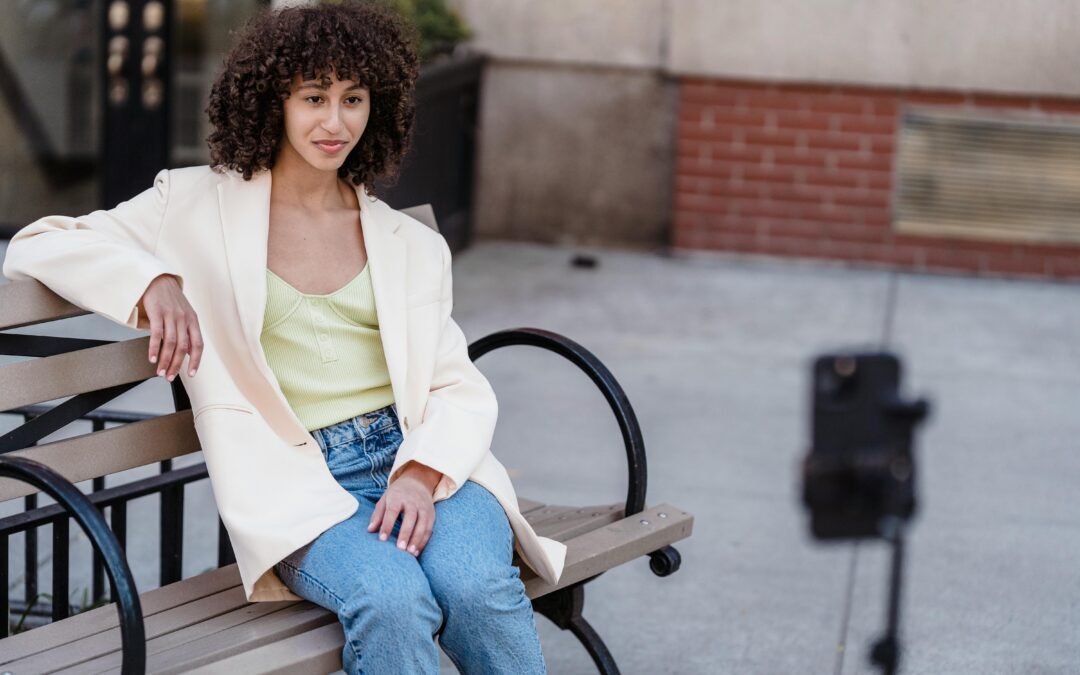Today’s smartphones come preloaded with an array of sophisticated camera technology to make capturing stunning images and videos a breeze. Many professional video content creators rely on their mobile phones to shoot videos, since most people carry them around everywhere. Rather than lugging around expensive and cumbersome camera equipment, content creators can simply pull out their phone and shoot a video.
With so many different apps available on both Android and iOS, creators have a plethora of sophisticated editing and digital effects capabilities at their fingertips. It’s now possible to upload polished, professional-looking videos for distribution and viewing in a matter of minutes. Here’s how to make the most of your smartphone to create dynamic videos for your own memories, social media marketing, or any other purpose.
Get Familiar with Your Camera’s Settings
In recent years, smartphone cameras have come on in leaps and bounds, incorporating a host of different features and settings to help users enhance their pictures and videos. It’s not necessary to have a professional-level understanding of the settings and inner workings of your camera, but gaining a solid grasp of the basics of photography can go a surprisingly long way toward creating stunning videos. Take some time to play around with your smartphone camera and its settings before any video shoot—experiment with the settings in different locations, lighting sources, and subjects.
Plan and Prepare
Planning and preparation of content is a crucial first consideration when it comes to capturing great videos longer than a few seconds. Create a basic outline of your video content in advance rather than jumping straight in. While some prefer a simple list of bullet points covering key topics, others prefer a word-for-word script. If you’re trying to record an event, think about the most important shots you want to capture.
Select the Best Location
After planning content, the next step is deciding on a shooting location. Although some content creators benefit from a much wider choice of potential shooting venues, the key consideration is keeping distractions to a minimum. A lot of things can detract from an otherwise great video, from children playing outside to airplanes flying overhead to a neighbour mowing the lawn. In addition to distracting viewers, background disruptions can throw you off course. That’s why it’s important to pick settings with minimal background noise. You also need to consider visual distractions. Try for an uncluttered, more simplistic backdrop to keep the audience focused on the main action.
Optimize Lighting
A critical aspect to consider when shooting videos is lighting, particularly when shooting with a smartphone camera, since they have smaller lenses and image sensors. Try to shoot your videos in bright, consistent light to avoid grainy areas and unnecessary shadows in videos. In addition, avoid pointing the camera directly at light sources, since this can trigger lens flaring and overexposed footage.
Natural light usually looks best on camera. If you’re inside, try to position your subject near a window while ensuring their face isn’t shadowed. When shooting outdoors, opt for morning, afternoon, or early evening light—the overhead midday sun can look harsh.
Keep a Steady Hand
When recording a video, make sure you’re keeping your phone steady to prevent footage coming out blurred or distorted. Using both hands and holding the smartphone as close to the body as possible helps to keep the camera stable. However, this can be tiring for long sequences or takes, in which case there are other ways to support your phone.
Tripods and stabilizers have easier-to-grasp handles that allow you to keep the smartphone still while filming. You could also try resting your handset on an impromptu support such as a table, chair, desk, or shelf.
Add Some Visual Flair
Experiment with different effects and techniques for giving your video some extra pizzazz. For example, time lapse is a technique used to captures scenes that change or develop over a matter of hours or even days. The technique involves speeding up time, condensing minutes and hours of video into a matter of seconds, but with no detail left out. Popular subjects for time lapse videos include cityscapes, clouds drifting through the sky, or flowers unfurling their petals. There are several apps available to help users create time lapse videos, enabling them to change the frame rate and resolution and even add music. iPhones with iOS 8 or higher can record time-lapse videos without a third-party app.
Don’t Forget Image Resolution
Another important consideration is image resolution. For high-definition videos, the two most common settings are 1080p and 4K, the latter providing the highest image quality. Keep in mind, however, that 4K videos take up significantly more memory space. While the normal speed for shooting videos is 30 fps, some content creators prefer a more cinematic effect, shooting at 24 fps.
Experiment with Editing Software
Editing software can help you create videos with cinematic flair—it can take your final product from amateur to auteur. There are numerous highly rated apps available for download today, from basic options to complex programs that allow for an array of exciting transitions, cuts, aspect ratios, resolutions, and effects.
Never Use Portrait Orientation
Nothing spoils otherwise great footage like shooting in the wrong orientation. When making a video, it is vital to use landscape orientation rather than portrait. Not only is landscape more visually appealing in general—it’s also a much more enjoyable watch when viewed on widescreen or television. To avoid vertical black bars taking up half of the screen, never hold the phone vertically when recording.

